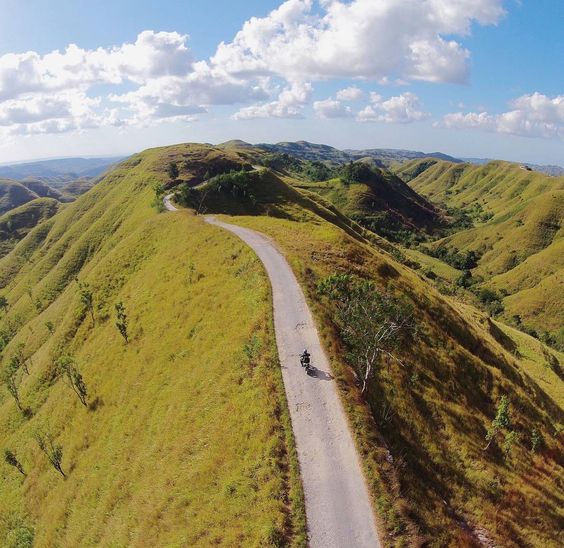- Lapopu Waterfall, Beautiful Toska Color
- The colorful Tanggedu Falls
Tanggedu Waterfall is a waterfall located in Tanggedu Village, Kanatang District, East Sumba Regency, East Nusa Tenggara. This waterfall is known as the "Grand Canyon" of East Sumba. This waterfall is one of the natural attractions which is about 46 kilometers to the north of Waingapu City.
This waterfall can be achieved by using two-wheeled vehicles and four wheels through the village of Mondu and Kampung Adat Prainatang. Tanggedu Waterfall has the characteristic of a unique rock relief.

This waterfall can be achieved by using two-wheeled vehicles and four wheels through the village of Mondu and Kampung Adat Prainatang. Tanggedu Waterfall has the characteristic of a unique rock relief.

- Matayangu Waterfall, Stopover of the Souls
Waterfall located at the top of the cliff with 2 caves in the middle and a bit down. During the rainy season there are 3 amazing free waterfall streams. The first flow is the flow from the top of the cliff that flows water when the rainy season of river water discharge is large. Then the second stream is a cave in the middle that pours water running through the cliff. the third is the bottom of Goa which spits water from the flow of the middle cave. When the three streams combine to form a stunning waterfall
- Waimarang, The Beauty of the Inland






















